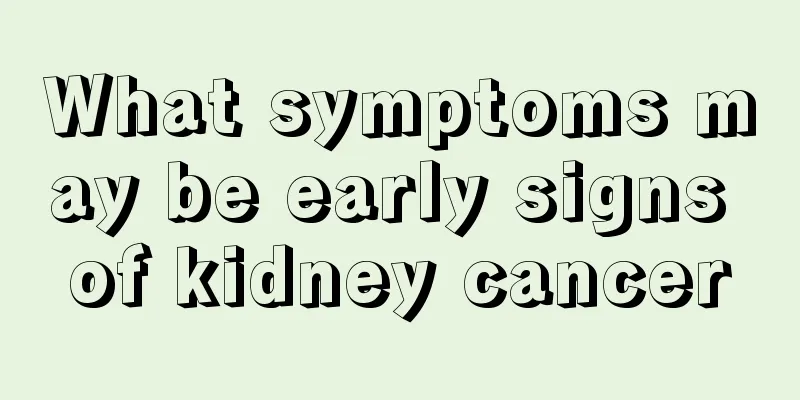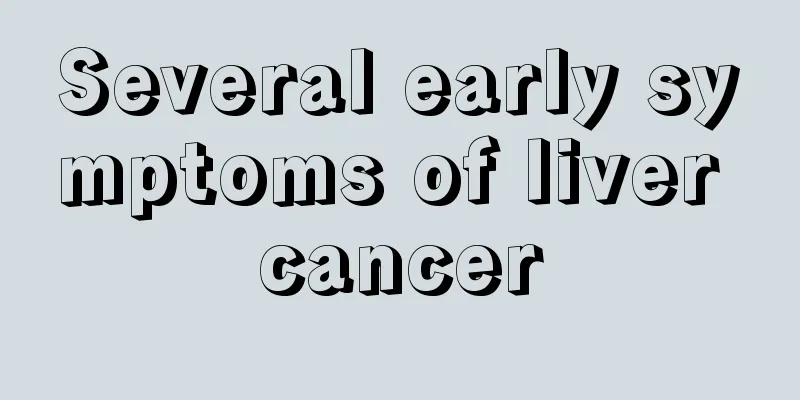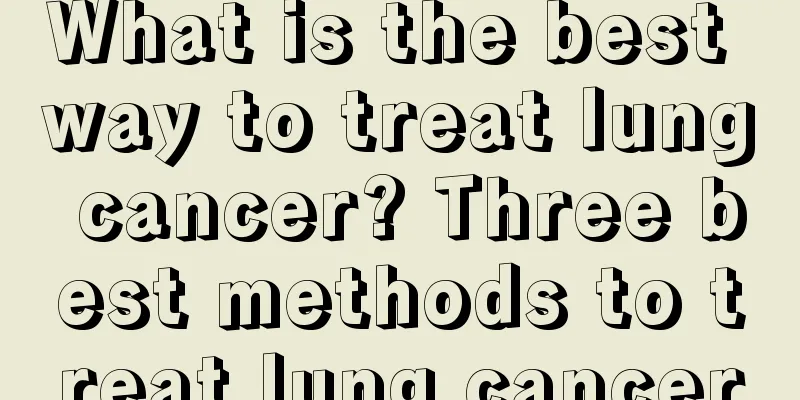Symptoms of progressive bulbar palsy

|
Progressive bulbar palsy is a type of motor neuron disease. Patients will show progressive dysphagia or weakness of the chewing muscles. This disease can also cause aspiration pneumonia, suffocation, etc., which are life-threatening. 1. Cause It is a group of chronic progressive degenerative diseases with unknown etiology that selectively invade the anterior horn cells of the spinal cord, the posterior motor neurons of the brainstem, the cortical pyramidal cells and the pyramidal tract. 2. Clinical manifestations The clinical features are the coexistence of symptoms and signs of upper and lower motor neuron damage, manifested as different combinations of muscle weakness, muscle atrophy and pyramidal tract signs. Sensation and sphincter function are generally not affected. The specific manifestations are atrophy of the tongue muscles, coughing when eating, choking when drinking water through the nostrils, unclear speech, hoarseness, and often accompanied by scoliosis and weakness of the head; the pharyngeal reflex disappears, the soft palate cannot move, and the tongue muscle bundles tremble. The disease often develops after the age of 40 and affects more men than women. The average survival period after the onset of the disease is 2 to 3 years. Symptoms include coughing when drinking water, difficulty swallowing, weakness in chewing, coughing and breathing, and dysarthria; examination shows a drooping upper palate, absent pharyngeal reflex, accumulation of saliva in the pharynx, and obvious atrophy of the tongue muscles accompanied by fasciculations. Involvement of the corticobulbar tract causes hyperreflexia of the jaw, which is accompanied by strong crying and laughing in the later stage, and the coexistence of true and pseudoparalysis. The disease progresses rapidly and has a poor prognosis, with most patients dying from respiratory muscle paralysis and lung infection within 1 to 3 years. 3. Treatment Because the cause of the disease is not yet clear, there is no effective measure to prevent the progression of the disease. 1. Treatment of the cause If the patient is suspected of having a history of chronic heavy metal poisoning, further investigation should be carried out for early prevention and treatment. 2. Symptomatic treatment For those with dysphagia, a nasogastric tube should be placed to feed them a semi-liquid diet. For those with a lot of secretions, tracheotomy may be performed if necessary. For advanced patients, care should be strengthened and aspiration pneumonia should be prevented. |
<<: What is the reason for pale complexion
>>: What are the symptoms of acute encephalitis?
Recommend
Do you know what are the early symptoms of gastric cancer?
Gastric cancer, like most tumors, is difficult to...
Why can't people with purpura exercise
Purpura is a disease that many patients suffer fr...
The difference between black goats and white goats
Black goats and white goats are two kinds of shee...
Why do you get herpes, what are the causes of herpes
Herpes is a common skin disease, and viral infect...
Commonly used auxiliary diagnostic methods for cervical cancer
The diagnosis method of cervical cancer is based ...
What is the reason for feeling irritable
Everyone will encounter times when they feel part...
How long can you live with endometrial cancer
Cancer, like a devil, has been eroding women'...
What is the best treatment for vitiligo
Vitiligo is a very harmful skin disease. This dis...
The efficacy and function of golden lantern fruit
In our daily life, in order to meet various nutri...
Is the cure rate of small liver cancer high?
Is the cure rate of small liver cancer high? The ...
Can jogging cure prostate cancer
The causes of prostate cancer are complex, but kn...
Should stomach tonics be taken before meals?
With the continuous development of the economy, p...
How can a bald person grow hair?
With the continuous improvement of living standar...
What happens if you are bitten by termites
Because termites are organized in a clear and ord...
What are the early symptoms of brain cancer
Brain tumor disease refers to brain cancer, which...









